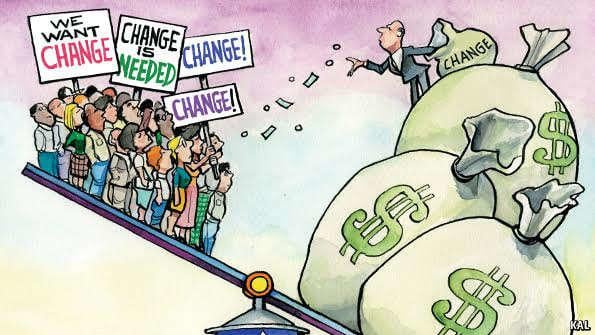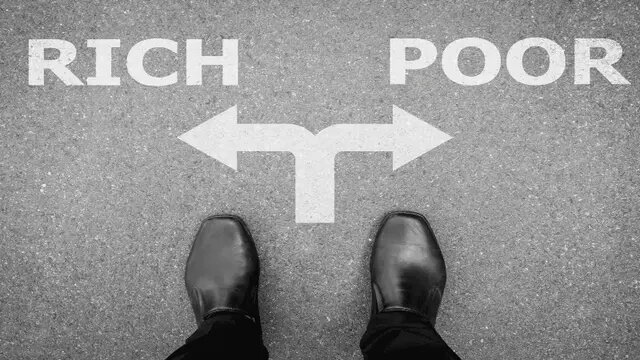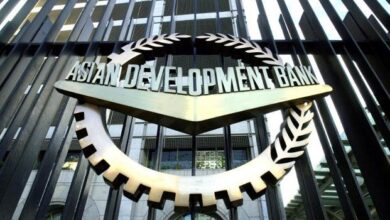India’s rich-poor gap worse now than during British rule: World Inequality Report
Historical comparisons reveal that even during the highest documented period of inequality in India (the interwar colonial era from the 1930s until independence in 1947), the top 1% held between 20% and 21% of the nation’s income. Today, that figure stands at 22.6%

As India approaches its 100th year of independence in 2047, it faces a harsh reality: the gap between the rich-poor has worsened, surpassing even the disparities seen during British colonial rule. The dream of becoming a developed nation is still far from reality, as this issue continues to pose a major challenge.
India’s recent economic surge, characterized as its “golden age of billionaires,” has exacerbated income inequality. According to a study by the World Inequality Lab, India now boasts a staggering 271 billionaires, collectively amassing nearly $1 trillion in wealth This concentration of wealth exceeds that of the United States, Brazil, and South Africa.
Billionaire Raj vs. British Raj
The study’s co-authors, including renowned French economist Thomas Piketty, draw a striking comparison: the contemporary Indian class of business owners, epitomized by the “Billionaire Raj,” now wields more economic power than the colonialist forces did during the British Raj. This assertion is particularly significant given the robust 8% GDP growth of India’s economy, with predictions that it may soon surpass Germany and Japan to become the world’s third-largest economy by 2027.
The study meticulously analyzes the share of wealth and total income held by India’s top 1% of earners. While wealth represents an individual or group’s total assets, income reflects earnings, interest, investments, and other sources. The authors compiled national income accounts, wealth aggregates, tax data, rich lists, and surveys to present their findings.
Historical comparisons reveal that even during the highest documented period of inequality in India (the interwar colonial era from the 1930s until independence in 1947), the top 1% held between 20% and 21% of the nation’s income. Today, that figure stands at 22.6%.

Wealth Dynamics
Starting in 1961, economists monitored wealth inequality through extensive household surveys. Merging this data with the Forbes Billionaire Index, they found that 40.1% of India’s total wealth is possessed by the top 1% of earners. Over time, their net worth as a percentage of India’s net national income surged from under 1% in 1991 to a staggering 25% in 2022, fueled by a billionaire population that grew from one in 1991 to 162 in 2022.
The report highlights a noticeable increase in inequality since the ruling Bharatiya Janata Party (BJP) came to power in 2014. Political and economic reforms have led to a growing nexus between big business and government, potentially facilitating disproportionate influence. To counter this trend, the authors propose increased public spending on nutrition, healthcare, and education, along with a “super tax” on the net worth of the wealthiest families.
Monitoring and Addressing Inequality
India was once considered a model in maintaining important institutions, however, the quality of economic data used to study inequality has declined. It is crucial to keep a watchful eye on this issue and take necessary action to address income and wealth disparities.
As India approaches its 100th independence, the challenge is to ensure that prosperity is accessible to all, rather than just the privileged few. Achieving this requires balancing economic growth with equitable distribution, which is a complex issue that will shape India’s future.
You might also be interested in – 60% married Indians are looking to swing, date outside of marriage: survey



